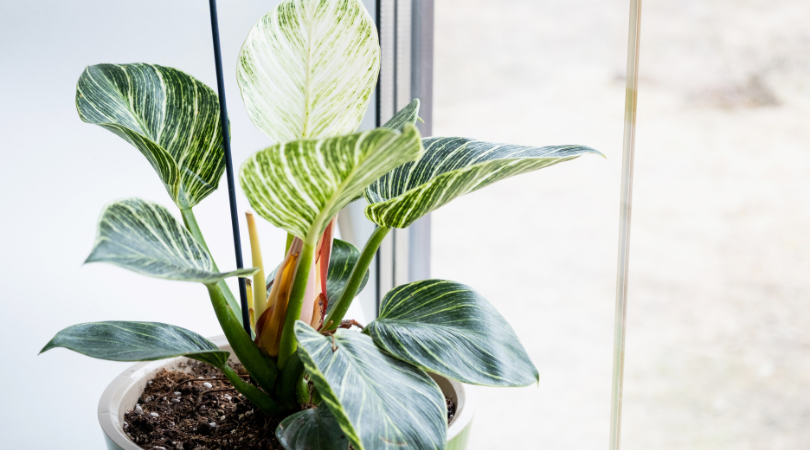Winter can be a challenging time for houseplants. The reduced sunlight and lower humidity levels can make it difficult for them to thrive. However, with some extra care and attention, you can help your indoor green friends make it through the colder months and continue to flourish. Here are some tips on caring for houseplants in the winter.

Hydration Station
One of the most crucial aspects of winter plant care is adjusting your watering schedule. Since plants typically grow more slowly in the winter and require less water, it’s essential to reduce the frequency of watering. Check the soil moisture by inserting your finger about an inch into the soil. Water only when the top inch feels dry to the touch. When assessing soil moisture, a useful method is to insert your finger into the soil. If soil particles adhere to your finger, indicating moisture, it signifies that the soil is adequately wet. However, if your finger emerges clean, this suggests the need for watering. Winter air tends to be dry due to indoor heating systems. To counteract this, we say 3 things: humidity, humidity, humidity! Increase the humidity around your plants. You can use a humidity tray, a humidifier, or simply mist your plants regularly. Grouping plants together can also help create a microenvironment with higher humidity.

Plant Check
Use the winter months as an opportunity to inspect your plants for any signs of pests or disease. The faster you catch a pest or disease, the faster you can treat! Common pests found mealybugs, spider mites, fungus gnats, and aphids. Trim away any dead or yellowing leaves, as these can drain the plant’s energy. Pruning can also help shape your plants and encourage healthier growth in the spring.
Balancing Nutrients
During the winter, your plants are in a period of dormancy, and their growth slows down. Therefore, it’s best to reduce or eliminate fertilizing altogether until spring arrives. Over-fertilizing during this time can lead to mineral buildup in the soil, which can harm your plants.

Illuminating Insights
Since the days are shorter and less sunny in the winter, you may need to move your plants closer to windows to maximize the available light. Consider rotating your plants regularly to ensure all sides receive even light exposure. If your home already has inadequate lighting, we recommend complementing it by integrating supplementary grow lights.
Easy Breezy
Keep an eye on your plants’ placement to ensure they are not exposed to cold drafts from windows or doors. Sudden temperature drops can stress your plants, leading to leaf drop and other issues. Heat can also pose potential concerns for plants. If your heating system is operating, and a plant is situated near a vent, it may result in rapid moisture loss for the plant, rendering added humidity less effective.
Caring for houseplants during the winter requires some adjustments to account for the season’s challenges. By modifying your watering schedule, maintaining humidity levels, and making sure your plants have adequate light, you can help them thrive even when the weather outside is less than ideal. Keep in mind that each plant is unique and have varying requirements. Research your specific plant’s preferences for temperature, humidity, and light, and base your care routine accordingly. Understanding specific needs of a plant is key to keeping it healthy and happy all year round!
